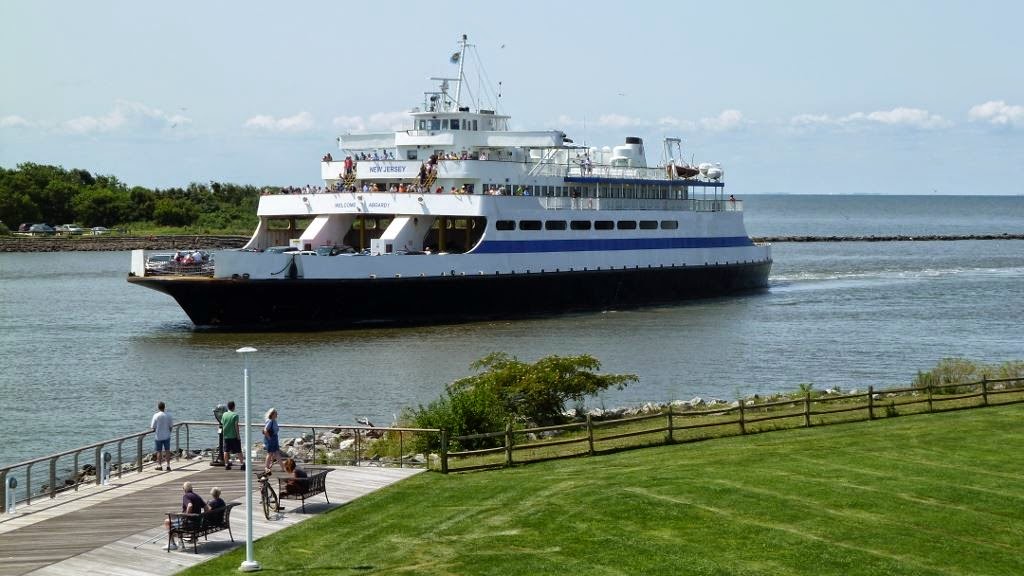Paul McCartney composed this whimsical love song when he was sixteen years old. Eight years later "64" would become an unexpected hit and take its place in the most significant album in the history of 60's rock and roll.
I refer, of course, to the song, "When I'm 64," and the album, Sgt. Peppers Lonely Hearts Club Band. "When I'm 64" was released in 1966 as the B-side of the juke-box single, featuring "Lucy in the Sky with Diamonds." In 1967 it was placed on the Sergeant Peppers album.
Everyone back then loved the Beatles. They were a sensation that even they couldn't explain. At first it was all fun, a fusion of Buddy Holly, Elvis, Carl Perkins, The Everly Brothers, Chuck Berry and Little Richard by a British guitar-playing quartet and hits like "Twist and Shout."
Then something happened and art imitated and abetted the changing world.*
In 1965, the Beatles produced the transitional album Rubber Soul, the first album where John, Paul, George and Ringo had complete control of the music, and, where the Beatles produced songs like "Norwegian Wood." "Twist and Shout" it wasn't. A year or so later, the Beatles went "all in" with Sergeant Peppers. Everything about it was different from the iconic album cover, to the full orchestra, to songs like "Lucy in the Sky with Diamonds" and with it rock and roll had the permanent imprint of the psychedelic age. Fifteen million albums were sold worldwide. It was a tidal wave.
The White Album followed in 1968, a double album set, and so also the beginning of the end of that short-lived musical era. The despair of John Lennon, and to a lesser degree the other members, permeates the album in songs like "I'm So Tired," "Revolution 1," and "Revolution 9." Notwithstanding, some of their best music is found in the White Album: Harrison's "While My Guitar Gently Weeps" and McCartney's "Blackbird." (Sidebar: Now, fifty years later, the Musak version of "You Say You Want a Revolution" plays in continuous loop on elevators across America, leading me to think that Lennon's despair was not so misguided.)
Abbey Road and Let it Be, released in 1969 and my favorite albums, were the final albums for the Beatles and with few exceptions for 60's music in general. By the time you get to Led Zeppelin and "Stairway to Heaven" in 1971 it's over. Indeed, many of its luminaries were gone: Hendrix, Morrison, and Joplin come to mind, and the Beatles as a band were no more.
Many of us who came of age in 60's were formed in some way by the music of the Beatles. I was 15 when the song "When I'm 64" was released on Sergeant Peppers.
I'm 64 today.
-------------------------Then something happened and art imitated and abetted the changing world.*
In 1965, the Beatles produced the transitional album Rubber Soul, the first album where John, Paul, George and Ringo had complete control of the music, and, where the Beatles produced songs like "Norwegian Wood." "Twist and Shout" it wasn't. A year or so later, the Beatles went "all in" with Sergeant Peppers. Everything about it was different from the iconic album cover, to the full orchestra, to songs like "Lucy in the Sky with Diamonds" and with it rock and roll had the permanent imprint of the psychedelic age. Fifteen million albums were sold worldwide. It was a tidal wave.
The White Album followed in 1968, a double album set, and so also the beginning of the end of that short-lived musical era. The despair of John Lennon, and to a lesser degree the other members, permeates the album in songs like "I'm So Tired," "Revolution 1," and "Revolution 9." Notwithstanding, some of their best music is found in the White Album: Harrison's "While My Guitar Gently Weeps" and McCartney's "Blackbird." (Sidebar: Now, fifty years later, the Musak version of "You Say You Want a Revolution" plays in continuous loop on elevators across America, leading me to think that Lennon's despair was not so misguided.)
Abbey Road and Let it Be, released in 1969 and my favorite albums, were the final albums for the Beatles and with few exceptions for 60's music in general. By the time you get to Led Zeppelin and "Stairway to Heaven" in 1971 it's over. Indeed, many of its luminaries were gone: Hendrix, Morrison, and Joplin come to mind, and the Beatles as a band were no more.
Many of us who came of age in 60's were formed in some way by the music of the Beatles. I was 15 when the song "When I'm 64" was released on Sergeant Peppers.
I'm 64 today.
*Sorry for the gross simplification but you try to explain the 60's in a sentence or two.
.
.



